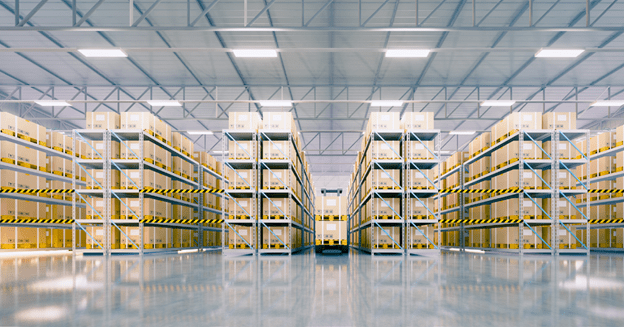Storage in cold temperatures is crucial for all kinds of items that are prone to variations in temperature. Examples include artwork with high value as well as chemicals that need to be kept in a cold place to stop degradation.
The management of a cold storage facility needs accurate inventory tracking and management. Implementing accurate monitoring of refrigeration and the use of automation technology is all part of this.
Controlling costs
The cost of constructing facilities for cold storage can be managed through careful planning from Day 1 of the construction process. It is important to evaluate the location and make sure that it is compliant with the energy regulations.
Other methods to reduce costs are purchasing automated vehicles, warehouse management systems, reviewing quality of inventory and reducing employee costs. Demand management software can help cold storage units comprehend the patterns of their operation, and make adjustments that improve efficiency in energy use.
Lastly, regular maintenance of the equipment is critical. It is important to establish a schedule for every piece of equipment, and then share it with all employees. This helps companies recognize potential problems before they get serious. This results in a reduction of repair costs and overall costs for storage.

Energy-efficient refrigeration systems
To avoid the loss of food, and the release of other gases that could lead to expensive losses Cold storage facilities must have efficient energy systems. They must be constructed properly to ensure optimal performance as well as reduce the energy cost.
When selecting a cold storage facility inquire regarding their refrigeration system and the power backup options. They should also be able to effectively unload and load railway cars or trucks and offer quick turnaround times on incoming and outgoing shipping.
An efficient transportation coordination as well as logistics processes are vital for efficient supply chains for cold storage however, the automated monitoring and control systems provide an even higher level of operational efficiency. The systems are able to automatically track temperature levels and quality controls such as tracking POs and other logistical operations, making choices based on current information.
Temperature Control
Cold storage facilities make up important to the supply chain in numerous industries. The warehouses they are in is essential to the durability and efficiency of items such as pharmaceuticals, high-value art or artwork that must be maintained at a certain temperature.
In keeping the temperature at a low level, you helps reduce waste and storage expenses. In addition, it helps ensure that products will be delivered to clients in pristine condition.
Cold storage facilities need an inventory management system to make sure that accurate records are kept. The detailed records will help ensure that cold storage facilities adhere to HACCP standards, ISO 9001, GMP and other safety regulations. It’s especially crucial when it comes to specialized products like fruits and vegetables, which require different conditions for each space.
Perishable inventory management
The facilities ensure that the food is in top condition before it is delivered to consumers. To guarantee safety and quality the warehouses are specialized and require an extensive degree of surveillance and oversight. With the rising costs of cost of energy, land, and labour expenses, firms are searching at ways to enhance supply chains for cold storage using modern technology and new approaches.
Implementing mobile pallet racks and shuttle systems, that utilize only one aisle of operation to reduce floor space and reducing the energy consumption at up to 80 percent is an excellent way to reduce cost. Modern tracking software gives customers real-time access to inventory levels and invoice history.
Examining data on things like throughput performance of lap dat kho lanh bao quan thuy san, inventory accuracy, and product spoilage rates are essential to achieve efficient cold storage management. Although these changes will not bring immediate results but they could make significant costs in the longer term.
Optimizing storage space
Supply chain efficiency for Cold Storage is based on a smooth transport and warehouse operations. Warehouses can enhance their efficiency in operation by utilizing automatic monitoring and controlling tools. They can monitor shipment costs, stock accuracy as well as spoilage rates.
Also, warehouses need establish a routine for checks of the facility. This allows them to spot issues and correct them before they turn into major issues. For example, ice build-up on ceilings and walls can affect equipment, products, and cause fire danger. In order to avoid such incidents, they must clean and remove ice from the premises on a regular basis.
The incorporation of these techniques into a supply chain management plan will save you costs and guarantee your clients their satisfaction. By adhering to strict guidelines for shipping and temperature and ensuring that deliveries are on time, these techniques are vital to efficient operation of cold storage warehouses.
